Pulley Injuries Explained – Part 1
This is part 1 of 2 in an article series on pulley injuries. Click this link to read part 2 of 2.
If you’re a climber, chances are you have either had a finger injury, or at least you know someone who has had one. According to the research literature, namely Doctors Volker Schöffl1, Alex Folkl, and Erik Gerdes, finger injuries are the number one culprit, with A2 pulley injuries being the most common.2–4 In this two-part article, I’d like to shed some light on:
- What is a finger pulley?
- What forces are placed on pulleys while climbing?
- How are pulley injuries classified and treated?
- What are strategies for preventing pulley injuries?
Due to the overarching prevalence of A2 pulley injuries, this two part series will focus on these injuries.
Anatomy Review:
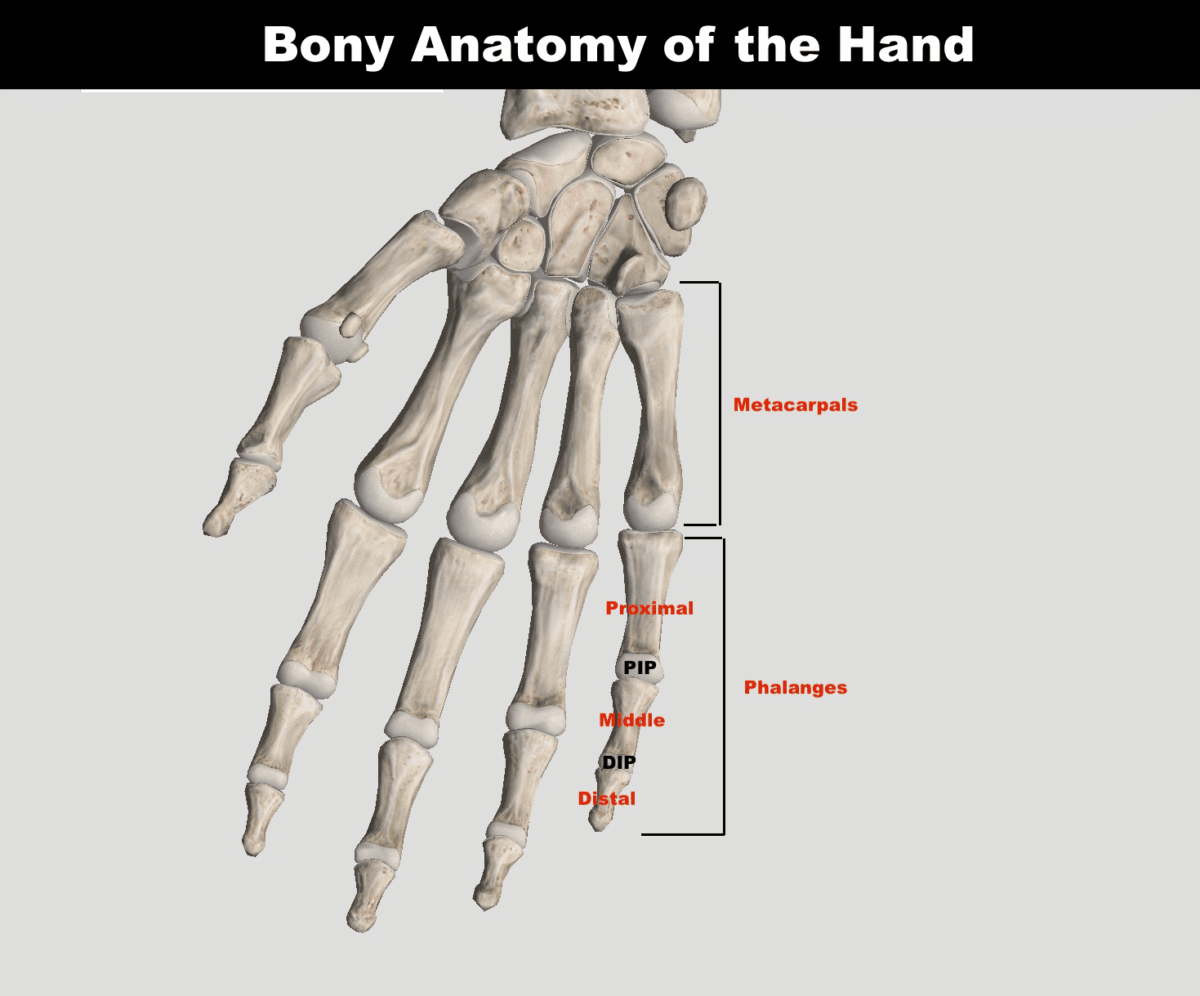
Your fingers are comprised of 3 bones called phalanges: a proximal, middle and distal phalanx (the thumb only has 2: proximal and distal). The proximal is the closer one, and the distal is the farthest one. The proximal phalanges articulate with the metacarpals of the hand at the metacarpophalangeal (MCP) joints. In between each of the phalanges exists an interphalangeal joint, one proximal and one distal. These 2 joints are termed the proximal interphalangeal (PIP) joint and the distal interphalangeal (DIP) joint.
What is a Pulley?

Illustration Credit: Will Anglin
The muscles responsible for flexing our fingers originate in our forearm, but their tendons course through our wrist, hand, and fingers. These two muscles are the Flexor Digitorum Superficialis (FDS) and the Flexor Digitorum Profundus (FDP). The FDS stops and inserts onto the middle phalanx, flexing only the MCP and PIP, but the FDP courses all the way through to the fingertip, flexing the MCP, PIP and DIP. In order to create an optimal line of pull for finger flexion, the tendons need to stay close to the bone.
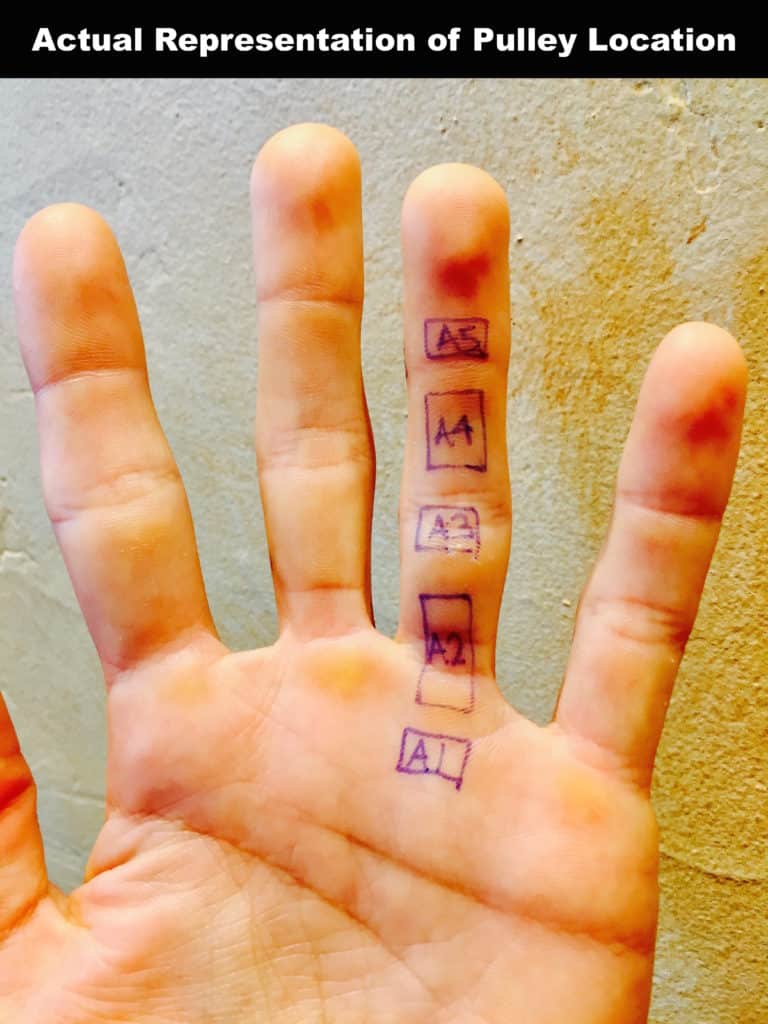
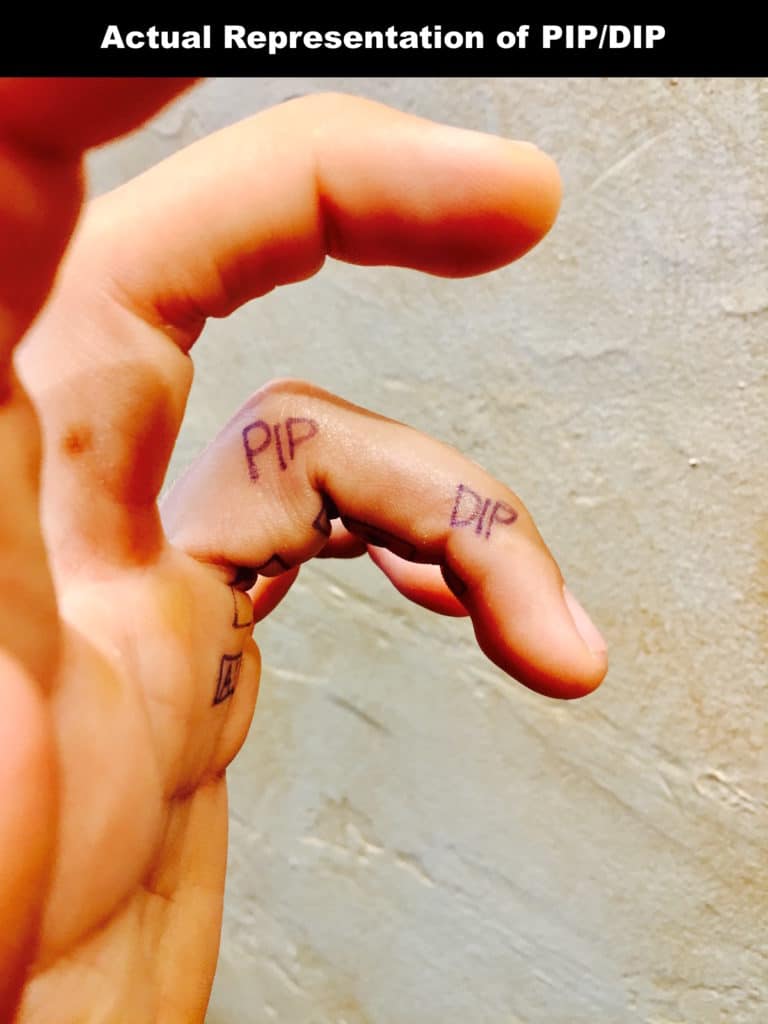
Flexor tendon pulleys (we will focus on the Annular pulleys), named A1 through A5, act as a ligamentous strap to keep the tendon in close contact with the phalanges. The best analogy for this is a fishing rod. The eyelets of a fishing rod, like the pulleys of your finger, keep the fishing line close to the rod when it bends. This optimizes the finger flexor tendons’ line of pull, allowing you to grasp and climb. The pulleys create efficient mechanics for your fingers by maximizing the amount of finger flexion gained per muscle contraction length. Without pulleys, the tendon would pull away from the joint’s axis of rotation during flexion and decrease the functionality of the system.5 In addition, the pulleys allow us to fractionate movement at our finger and selectively flex either the PIP or DIP joints.
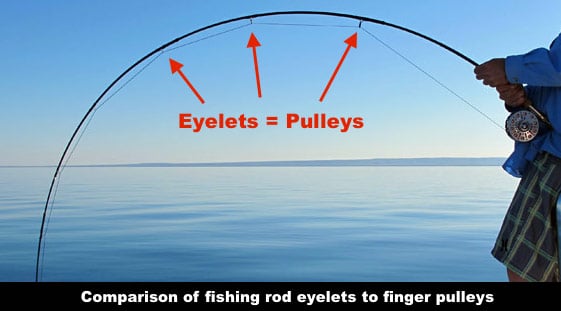
The A2 and A4 are the major pulleys of the system (inserting directly to the bone) and are most prone to injury. The A1, A3, and A5 pulleys are more flexible and attach to the volar plate, a ligament that connects two phalanges together. The most common injury in climbers is the A2 pulley sprain or rupture and is caused by overloading the tissue. If multiple pulleys rupture, this may present with what is known as “bowstringing.”5 To understand what bowstringing is, envision a bow (as in bow and arrow). The string goes from one tip of the bow to the other, unlike the fishing rod that has eyelets to keep the line close to the rod. A climbing specific example that helps to visualize bowstringing of the pulley tendons is climbing an overhanging wall and clipping only the first draw and the last draw before the lip. The rope not staying flush with the wall represents a bowstringing tendon. (See the images above and below to wrap your head around the concept). (Note: an obvious bowstringing is possible only after a rupture of the A2, A3 and A4 pulleys combined.)
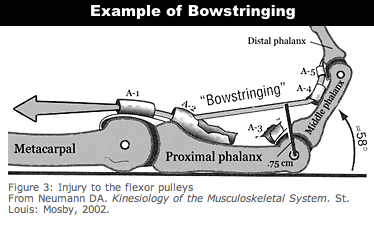
Biomechanics of Pulley Injuries
Our soft tissues only have so much strength and tolerable load, and past this point we may rupture ligaments, pulleys, tendons, etc. Following this logic, the A2 pulley can only tolerate a set amount of force until it fails, leading to strain or rupture. It is important to note that the A2 pulley holds both the FDS and FDP tendon, which is partly why it experiences greater forces than the A4 pulley. The amount of force placed on the A2 pulley depends on two main factors:
- The amount of external load placed on the fingertip (more simply, how much weight is hanging on that finger – full body weight, partial body weight, pulling dynamically off a hold, etc.)
- The angle of the PIP joint (think of a crimp position and how much that PIP flexes).
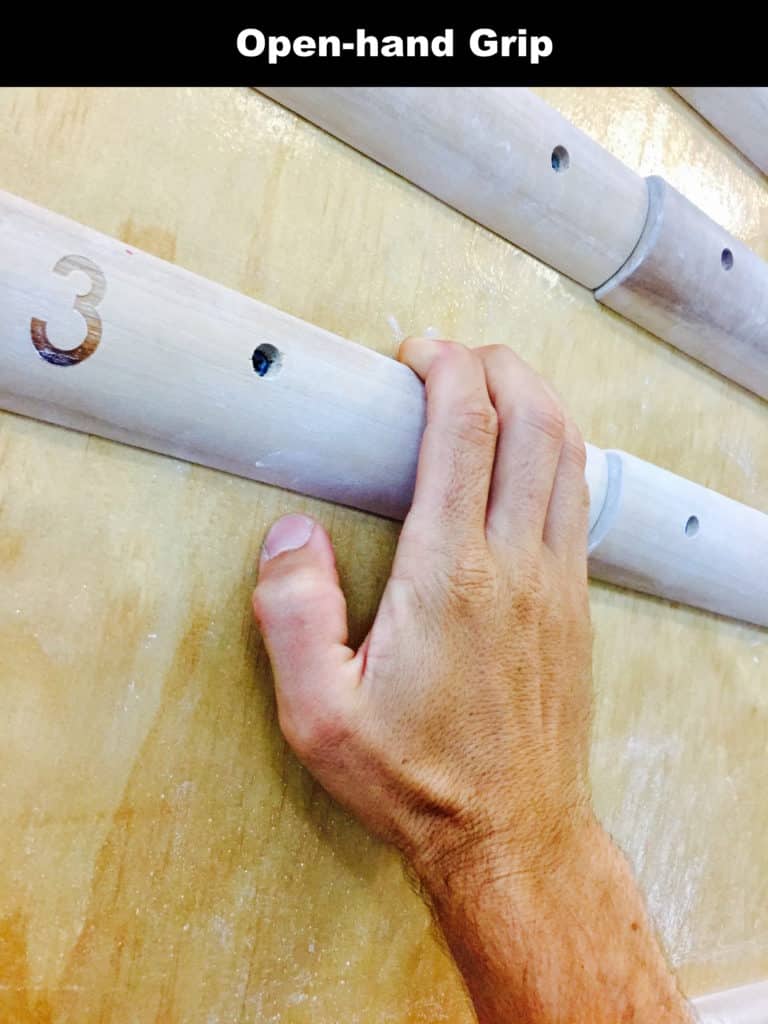
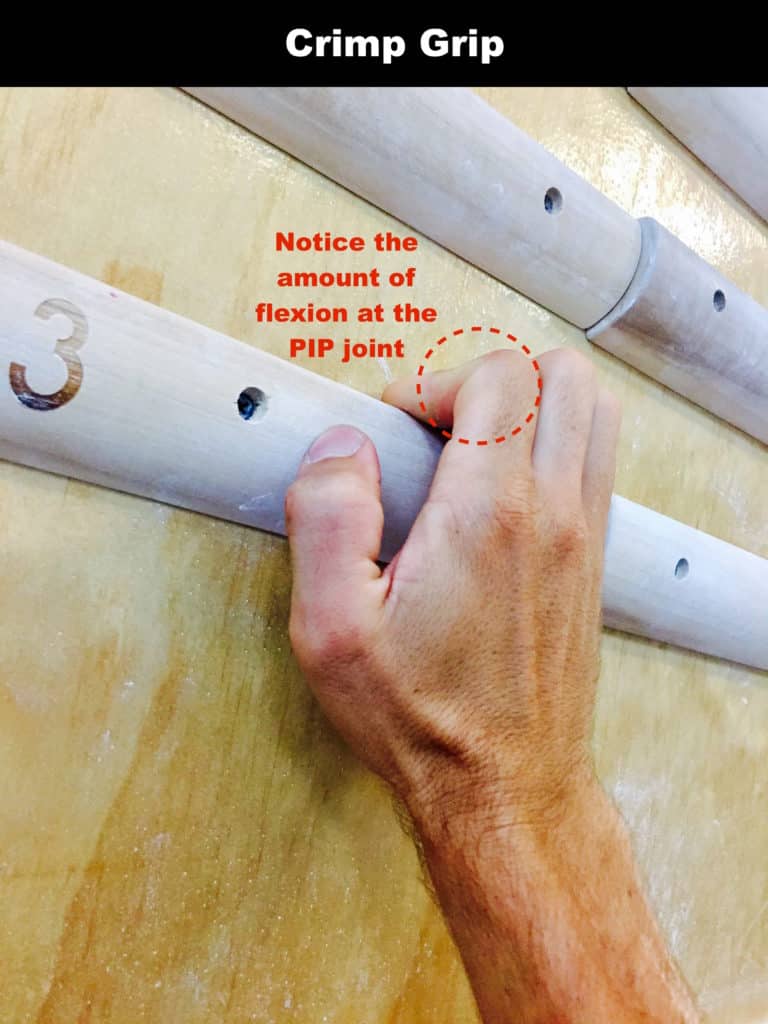
According to biomechanical testing, the amount of force on the A2 pulley is directly proportional to the external force at the fingertip,6 and also strongly influenced by the angle at the PIP joint (increased flexion = more force on pulley).7 When crimping (as opposed to open-hand gripping) the force on the A4 pulley increases 3.9 times and the force on the A2 pulley increases 31.5 times!8 Essentially, crimping is 31.5 times more force on the A2 pulley than an open-hand grip. To recap, increasing the force you pull through at the fingertip, and climbing in a crimp position greatly adds to the force on the A2 pulley. Granted the external force is distributed through all four fingers and not isolated to one finger or pulley, but these numbers should allow you to better respect what forces are acting on your fingers when you climb.
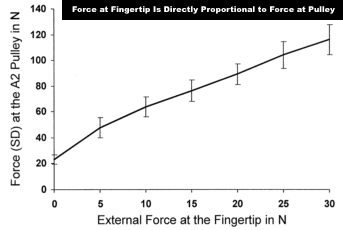
Another important message to convey here is related to how these biomechanical values were obtained. In these studies, the subjects were statically holding an open-hand grip and a crimp grip, and the forces were measured. For research purposes it is easier to control or quantify force during a static grip compared to dynamic movement where forces are more variable. But think about how you climb: you aren’t only gripping a hold statically, but you usually pull dynamically off of that hold. This adds to the external load at the fingertip, thus increasing the force on the A2 pulley.
My friend and I conducted a backyard experiment to measure the difference in force generation of holding a crimp statically versus pulling off of it dynamically. What we found was that the force on my fingertips increased by roughly 62% (47-76 lbs) when pulling dynamically off of a crimp. The backyard experiment demonstrates that pulling off of a hold increases the external force on the fingertip and thus increases the demand on the pulley. This is based on the knowledge that the force acting on the pulley is directly proportional to the force at the fingertip.
One additional note regarding the crimp grip posture is related to the DIP hyperextension. In the photo of the crimp grip above, I point out the amount of PIP flexion because that is one of the most important parameters leading to injury. But you’ll also notice an increased amount of hyperextension at the last finger joint. This increases the tension in the FDP tendon, thus adding more force to the system and the A2 pulley.7 This hasn’t been shown to be as important as the angle of PIP flexion during a crimp, but it does influence the forces applied to the pulley system.
Is this to say that you should never crimp, or pull dynamically off of a crimp? No. We all do it. It’s just bringing attention to the forces on your tissues so that you may climb and train with more awareness and hopefully prevent injuries. We will discuss injury prevention in Part 2 of this article.
Main take-home messages about the pulley biomechanics:
- The more force at your fingertip, the more force you place on your A2 pulley. This includes adding weight (weighted vest for example), how hard you pull off of a hold, and the acceleration of your dynamic movements.
- Using a crimp grip increases the force on your A2 pulley due to the increased flexion at the PIP joint.
Primary Mechanisms of Pulley Injury:
- Making dynamic moves off of a crimp grip: The additional upward acceleration increases the load.
- Holding a crimp grip, and slipping a foot: This dramatically increases the load on the finger/pulley system.
An In-Depth Analysis:
Below is a video by Dr. Jared Vagy DPT “The Climbing Doctor” that adds a lot of clarity to pulleys. The video presents an in-depth discussion on the anatomy and biomechanics of pulley injuries and describes research articles related to pulley injuries in rock climbers.
What to expect from Part 2:
The information provided in Part 1 was aiming to give you a solid understanding of finger anatomy and the forces acting on your fingers when you climb. As you can imagine, these forces may lead to injury of the soft tissue in your finger, predominantly the A2 pulley. By understanding the biomechanics behind an injury, it can help avoid injury in the future. Part 2 of this article will include specific information on pulley injuries including injury type (sprain vs. rupture) and the grading system (Grades I-IV). It will also discuss treatment techniques for dealing with pulley injuries and prevention strategies to help avoid pulley injuries from occurring. Click this link to read part 2 of 2.
Author Bio
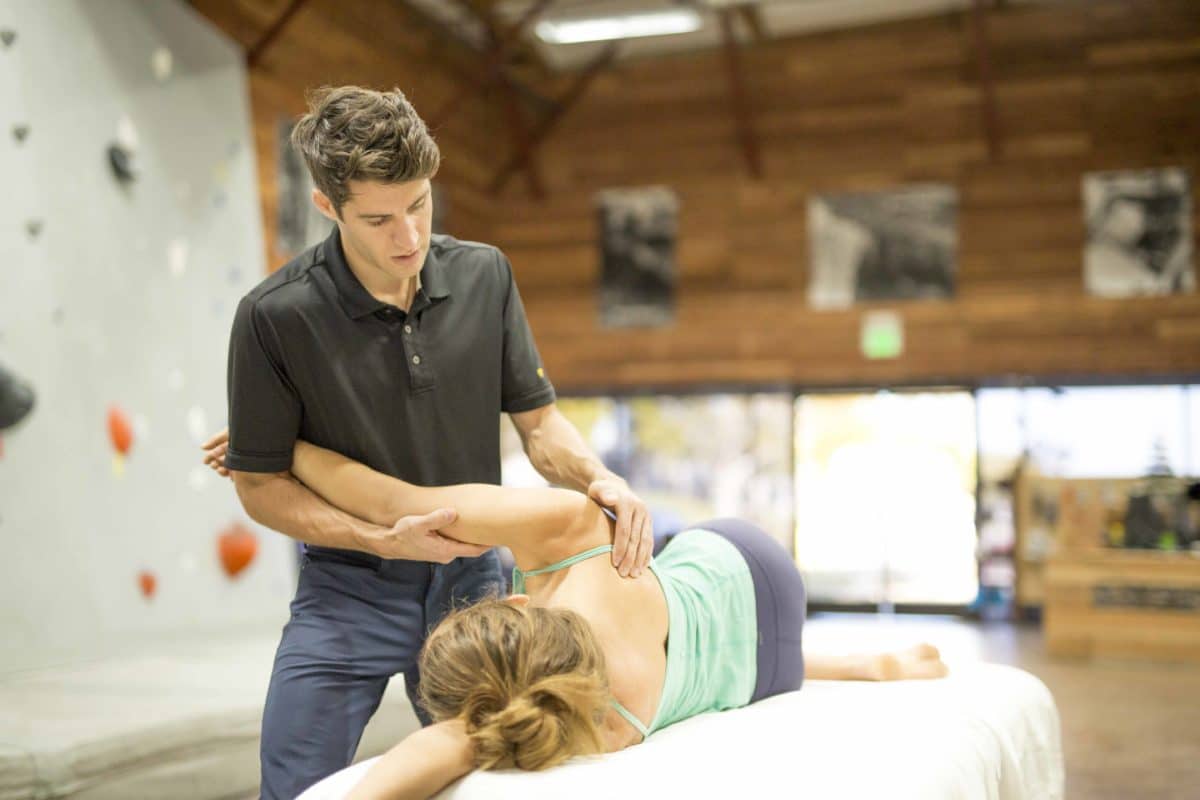
Matt is a 3rd year Doctor of Physical Therapy student at the CU Anschutz Medical Campus. He lives in Boulder, CO to be closer to his playground. This is his final semester of the DPT program and he is undertaking an independent study researching climbing injuries and injury prevention techniques to provide to his clients. His main interests are in sports medicine physical therapy and injury prevention revolving around the climbing athlete. Before starting school, Matt lived in San Diego, CA and worked at Mesa Rim Climbing and Fitness. After graduating from his DPT program, he plans to return to San Diego and work alongside Mesa Rim to give back to the community he loves.
Matt predominantly climbs sport at the 5.12c/d level, and has recently taken up the craft of trad climbing. He has been climbing since 2008. Matt empowers people to take their health into their own hands, and guide them toward a stronger, injury-free climbing lifestyle. He currently teaches injury prevention classes at local climbing gyms, and also provides content about the topic on his Instagram (@theclimbingpt).
When Matt isn’t climbing, you can find him adventuring somewhere in the wild. He is also an avid biker. He rides BMX, downhill mountain biking, and has completed a tour cycling trip around New Zealand. He connects with anyone in the extreme sports realm as a healthcare provider who has the capacity to understand their sport and assist them with their unique needs.
Follow Matt:
Instagram: @theclimbingpt and @basebklyn1
Contact Matt:
Email: mattdestefanopt@gmail.com
References:
- Hochholzer T, Schoeffl V, Zapf J. One Move Too Many – : How to Understand the Injuries and Overuse Syndroms of Rock Climbing. Lochner; 2003.
- Schöffl V, Popp D, Küpper T, Schöffl I. Injury Trends in Rock Climbers: Evaluation of a Case Series of 911 Injuries Between 2009 and 2012. Wilderness Environ Med. 2015;26:62-67. doi:10.1016/j.wem.2014.08.013.
- Folkl AK. Characterizing the Consequences of Chronic Climbing- Related Injury in Sport Climbers and Boulderers. WEM. 2013;24:153-158. doi:10.1016/j.wem.2012.11.010.
- Gerdes EM, Hafner JW, Aldag JC. Injury Patterns and Safety Practices of Rock Climbers. J Trauma Inj Infect Crit Care. 2006;61(6):1517-1525. doi:10.1097/01.ta.0000209402.40864.b2.
- Neumann DA, Kelly ER, Kiefer CL, Martens K, Grosz CM. Kinesiology of the Musculoskeletal System : Foundations for Rehabilitation.
- Schweizer A. Biomechanical properties of the crimp grip position in rock climbers. J Biomech. 2001;34:217-223.
- Roloff I, Schofl VR, Vigouroux L, Quaine F. Biomechanical model for the determination of the forces acting on the finger pulley system. J Biomech. 2006;39:915-923. doi:10.1016/j.jbiomech.2005.01.028.
- Vigouroux L, Quaine F, Labarre-Vila A, Moutet F-O. Estimation of finger muscle tendon tensions and pulley forces during specific sport-climbing grip techniques. J Biomech. 2006;39:2583-2592. doi:10.1016/j.jbiomech.2005.08.027.
- Sch?ffl VR, Sch?ffl I. Injuries to the Finger Flexor Pulley System in Rock Climbers: Current Concepts. J Hand Surg Am. 2006;31(4):647-654. doi:10.1016/j.jhsa.2006.02.011.
- Schweizer A. Biomechanical Effectiveness of Taping the A2 Pulley in Rock Climbers. J Hand Surg J Br Soc Surg Hand. 2000;25(1):102-107. doi:10.1054/jhsb.1999.0335.
- Disclaimer – The content here is designed for information & education purposes only and the content is not intended for medical advice.


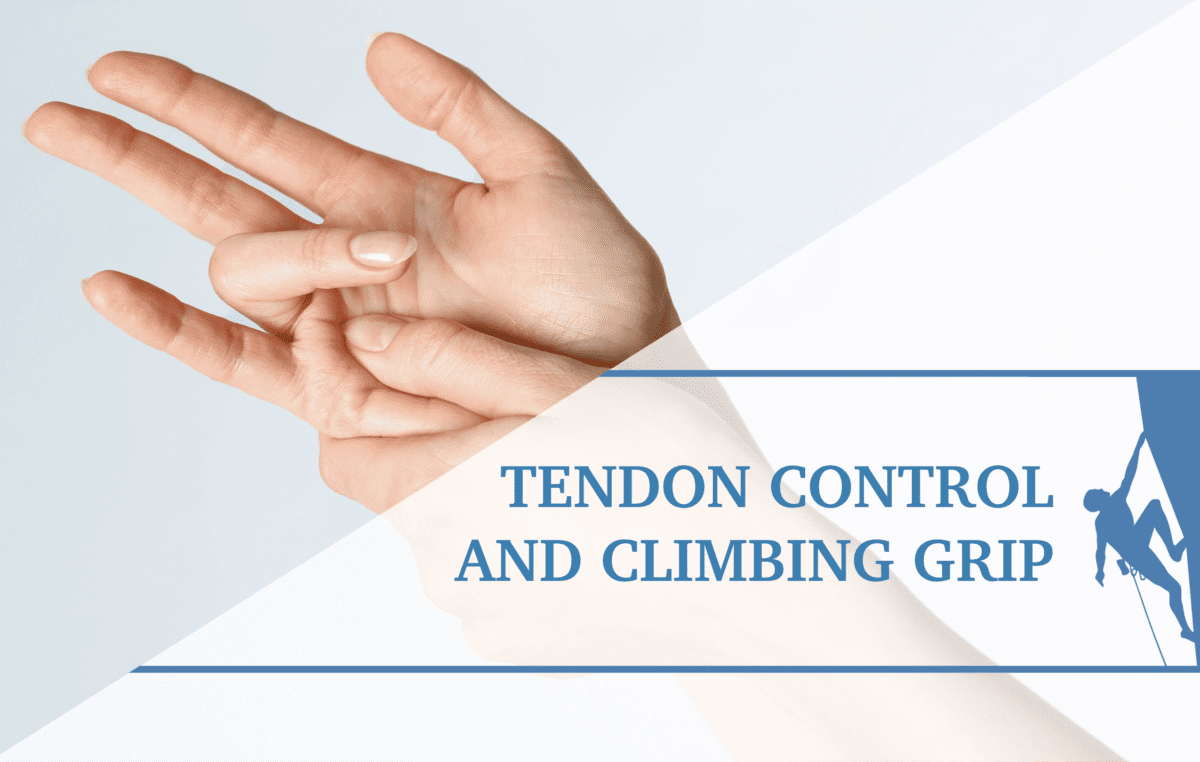

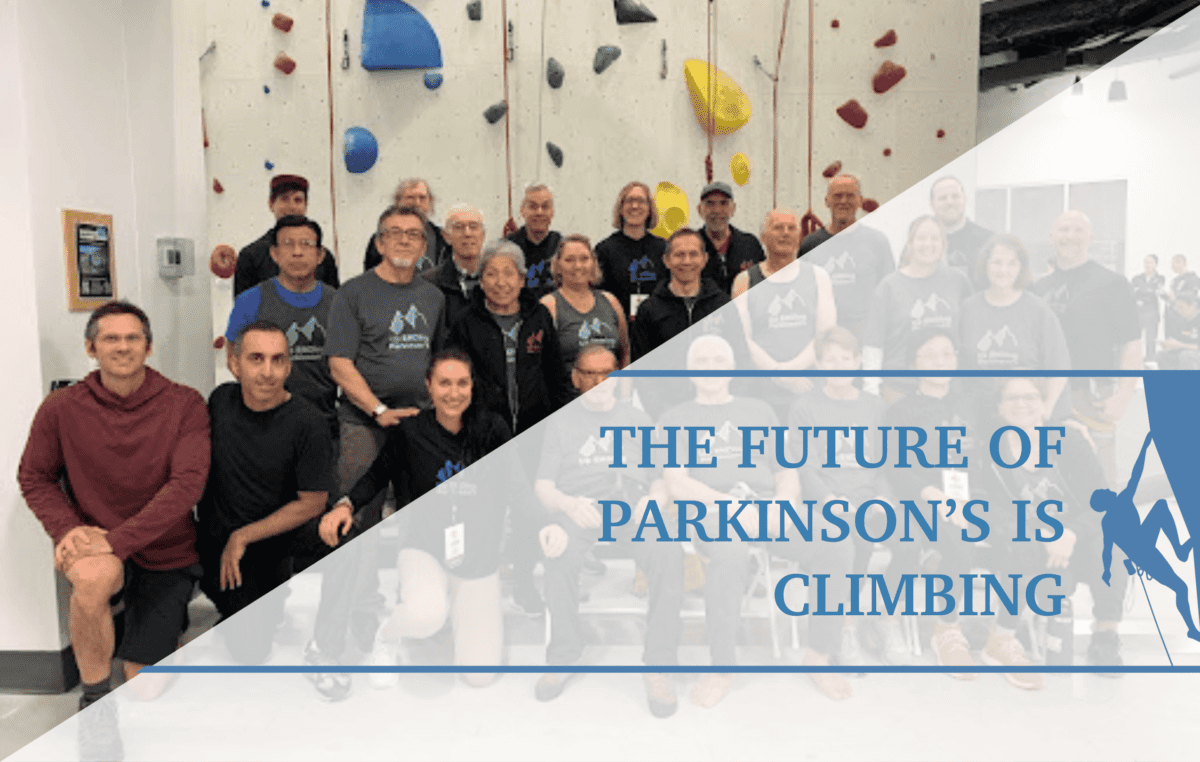
[…] Previous […]
[…] Instead of making dynamic moves from small edges, try to move more statically. Remember from Part 1, that when we move dynamically off of a crimp, the force on the pulley increase… So try to move through small edges statically when you can. Obviously there is no way you can avoid […]
I have much pain and very low strength after injuring my ring finger. I was hanging on my fingertips (middle fingertip and ringfingertip) when applying too mucb weight and pressure. Its not a rapture but now after a week I still have much pain when applying pressure with my fingertip. (A5)? I feel it somewhwre down, my ringfinger and in the centre of my hand. What happened? At the moment of injury it felt like a cracking sound. Hope you can give me your thoughts.
Response from Jared Vagy DPT:
My advice would be to see a medical provider to help diagnose your injury in person. An ultrasound image and a series of clinical tests can help determine if your injury is a pulley sprain. However, with that being said, it is extremity rare to injury an A5 pulley. So if you feel pain at the tip of your finger down into your palm, it is likely a flexor digitorum profundus strain.
[…] Pulley injuries Explained Part 1 (Matt Stefano) […]
Matt,
Amusing coincidence….. I’m an ER doc with extra ortho training. I run a hand clinic for our hospital and was looking for good patient resources re. pulley injuries and adhesions (typically post I&D for tenosynovitis and/or volar lacerations). Imagine my surprise when I saw your name!
Excellent website BTW.
Regards,
Matt DiStefano
Collingwood, ON
Canada
[…] analogy, suggested by Matt DeStefano, is that pulleys resemble the eyelets on a fishing […]
Hi, thanks for a such an informative page on the hand/finger anatomy. I had a basketball injury (my pinky broke right off) and for 6 months I haven’t been able to bend my finger and gone to physio weekly without much results or explanations of why (or images of anatomy.) Changed physio and he said that could be an issue with the FDP at the A1 or A2 pulley. I found this page and it makes so much more sense. That is where it hurts and have a lot of thickening. The focus had been on the top of the finger, the fracture, the ORIF etc but not the tendons pulling it.
Thank you.
Hi Matt,
Great stuff! I’m a physical therapist and climber in Boise, ID. This is by far the most comprehensive, evidence-based, patient-friendly resource I’ve seen for pulley injuries. Good on ya!
Cheers,
Jerrod